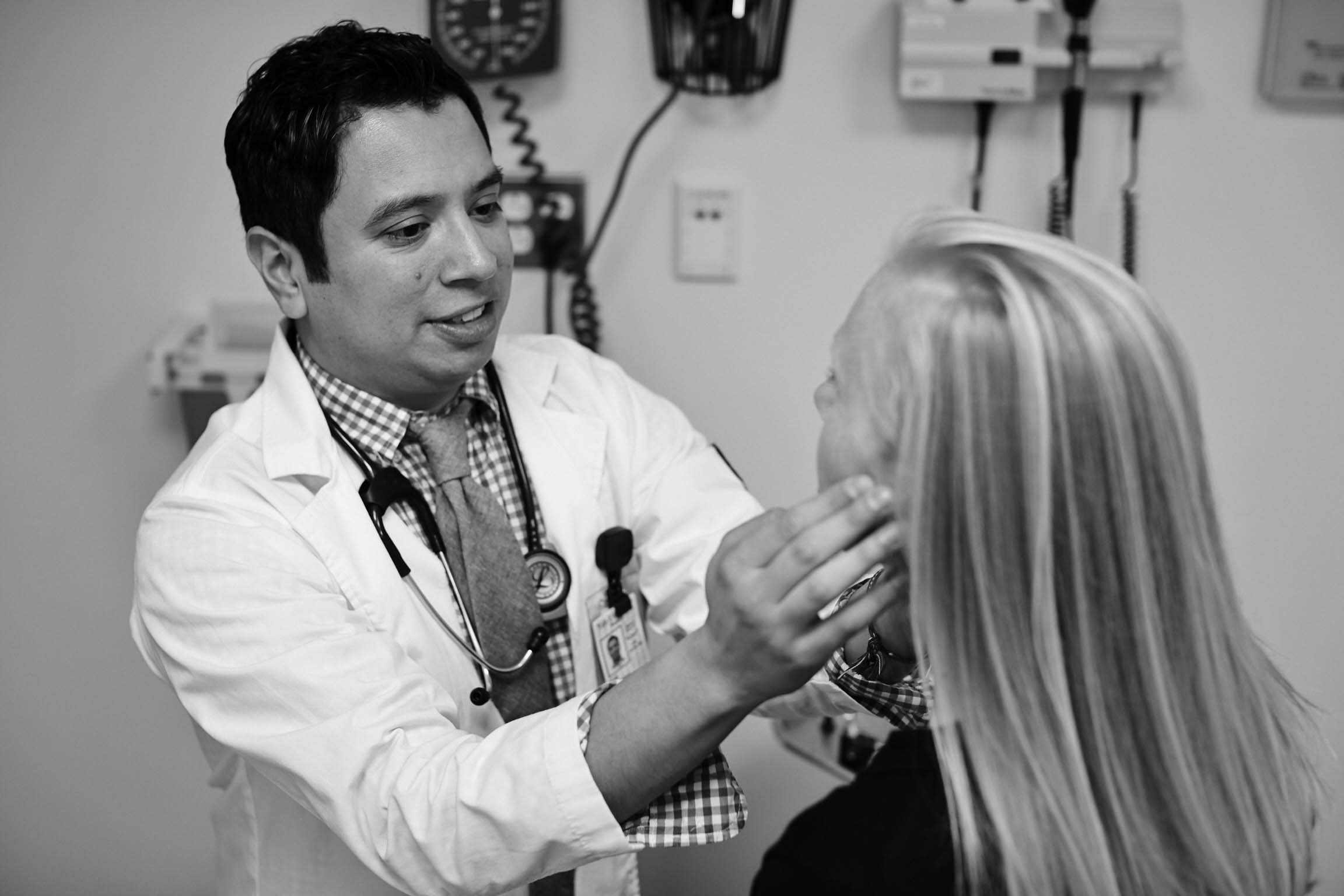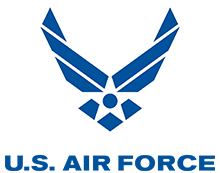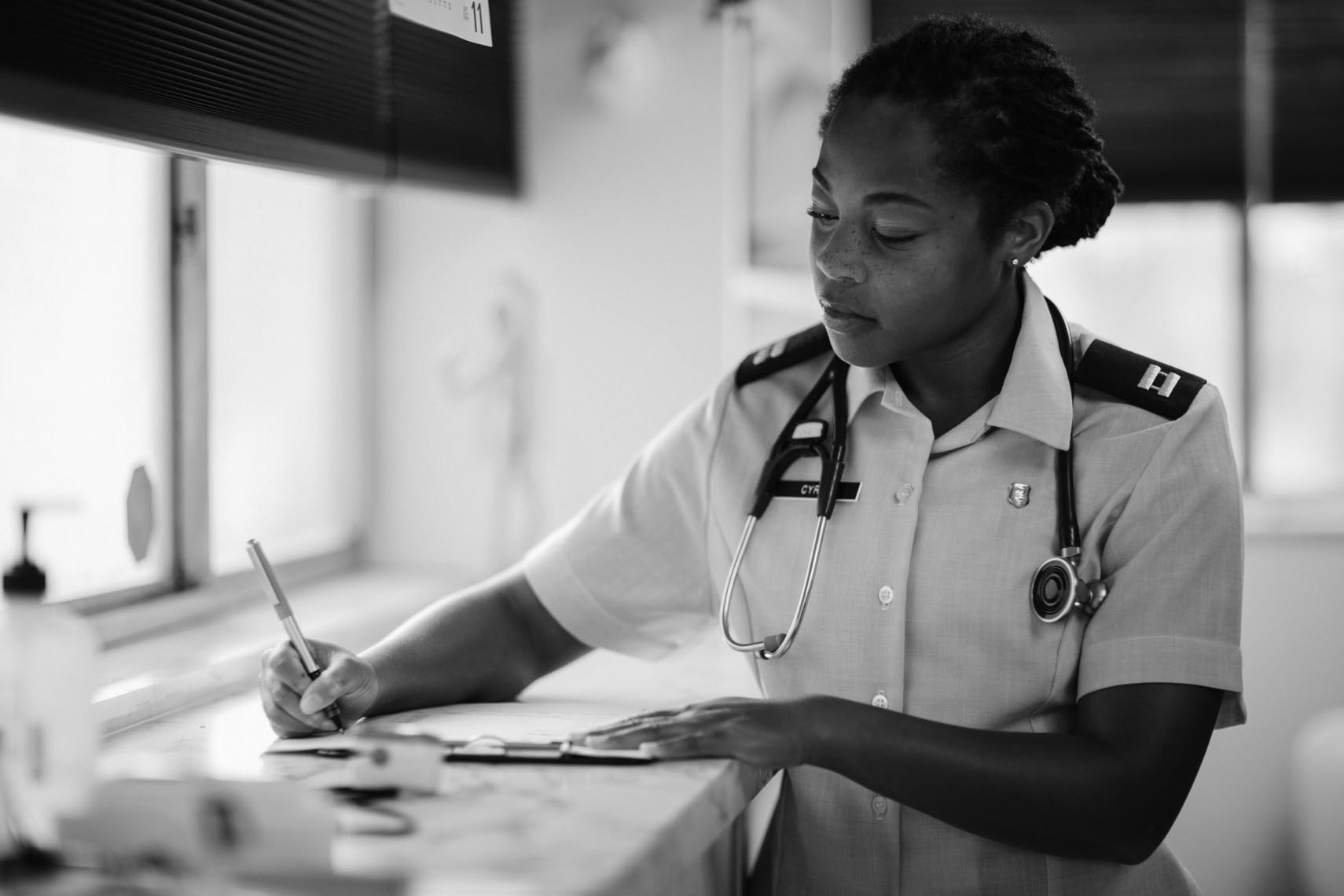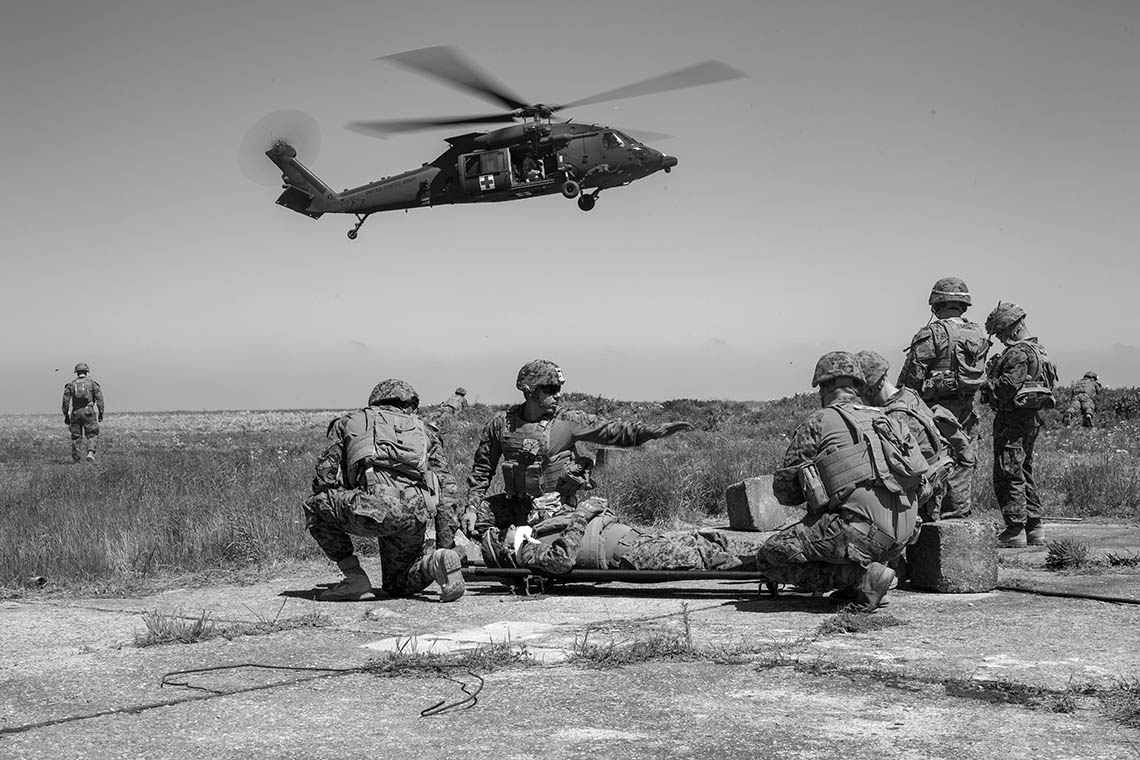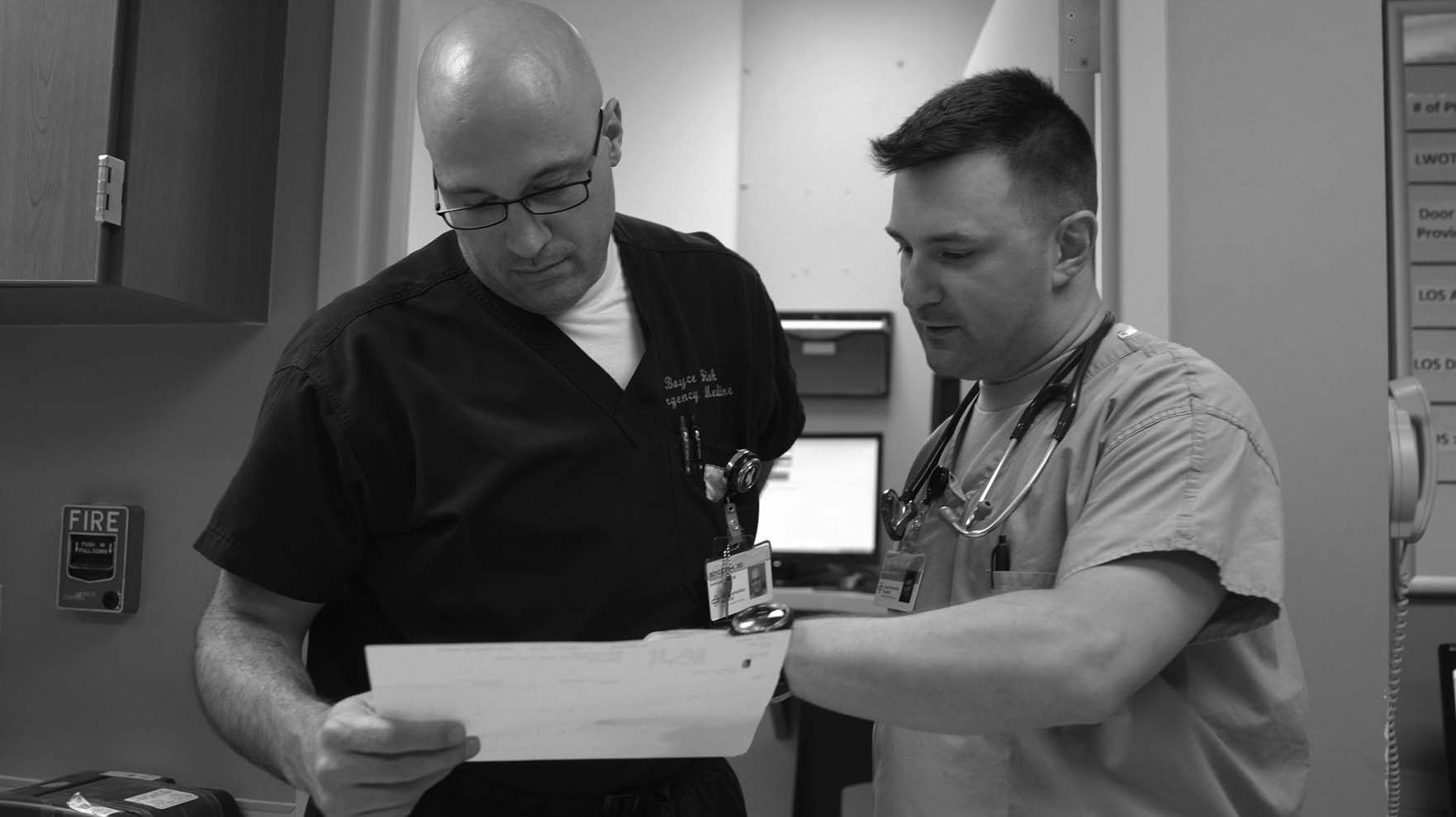- FAQs
- |
Career Pathways

Whether you are a student, in your residency or have already put in the time and dedication to become a practicing physician, there’s a rewarding path for you to explore in military medicine.
What may also surprise you is the path to military medicine can begin at several different points of your education, training or career. Use the information below to get a better understanding about the pathways to military medicine and how your experience will shape your career professionally and personally.
The Tuition-Free Path to Medicine
Hear from an Army HPSP recipient about how he became an emergency medicine physician.
The Tuition-Free Path to Medicine
Hear from an Army HPSP recipient about how he became an emergency medicine physician.
COHEN: Emergency medicine is just this incredible specialty. You get to do a little bit of everything and you get to do the most exciting part of a little bit of everything and it's it's incredibly unique in that sense one of the many hurdles to being a part of medicine is certainly you know there's an academic side of it but there's also this overwhelming financial aspect. I found the Health Professions scholarship program online through goarmy.com and I started to research what it offers. The program is incredibly unique for people that want to have their medical school paid for and get paid to be a student and live a lifestyle that that's comfortable while you're going through this rigorous education and the scholarship program offers all of it. Right out of medical school I was a homeowner. There are very few people that have that opportunity, and you have all of the resources that you need to provide excellent patient care which is often a barrier on the outside. We do a lot of Education. We have protected academic time we protected time to go to procedure labs and skill labs to really develop a lot of those critical procedures that you need to be extremely comfortable with. The opportunities after Medical School seem to be very appealing to me. The opportunities to Train military residency program that have all the funding and support of the Department of the Army and Department of Defense it just it was a very unique training experience that you could have after medical school. I am certainly a better emergency medicine physician for training here and I could not imagine my life going in a different path.

